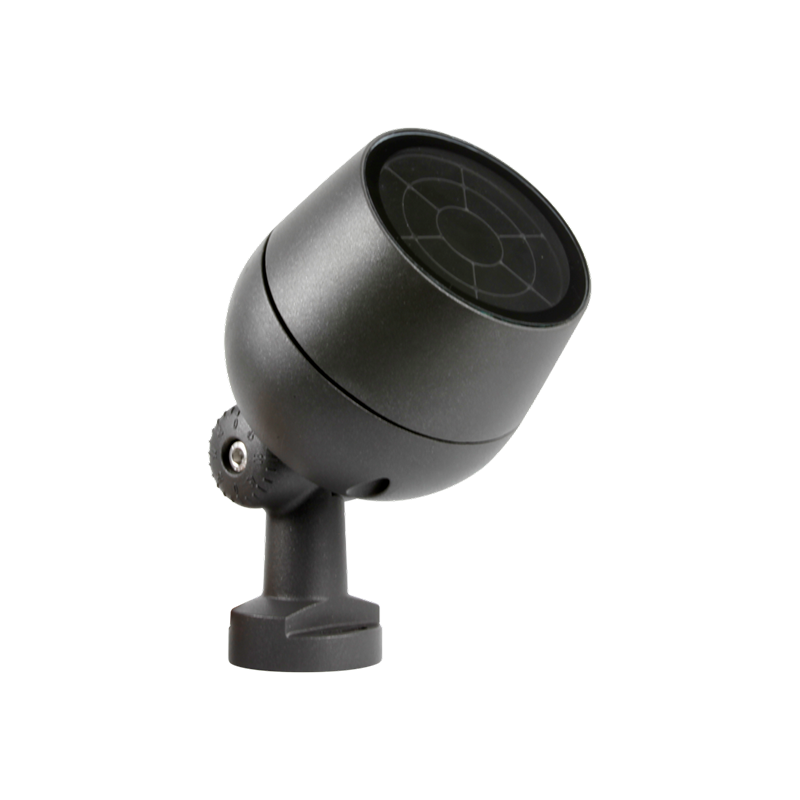When choosing an outdoor flood light, there are some key features you need to consider to ensure it provides good lighting in an outdoor environment and meets your specific needs. Here are some key features you may want to consider:
Brightness (Lumen): Brightness is an important characteristic of flood light, usually measured in lumens. According to the required lighting intensity and irradiation area, select a flood light with appropriate brightness.
Color temperature: Color temperature affects the color performance of lighting. The color temperature of outdoor flood light is usually expressed in Kelvin (K). Common ranges include warm white light (about 2700K to 3000K) and cool white light (about 5000K to 6500K). Choose the appropriate color temperature according to the environment and atmosphere needs.


Waterproof rating: Since the outdoor environment may be affected by rain and humid weather, choose a flood light with a sufficient waterproof rating to ensure its stability in harsh weather conditions.
Durability and Materials: Consider the material the flood light is made of to ensure it is durable enough to withstand the effects of outdoor conditions such as sunlight, rain, wind, etc.
Installation method: Different flood lights may have different installation methods, including wall hanging, ground installation or bracket installation. Choose the appropriate installation method according to the installation site and needs.
Dimming function: Some flood lights have a dimming function, allowing you to adjust the lighting brightness according to different situations and needs, improving the flexibility of the lamp.
Energy saving: Consider choosing a flood light with higher energy efficiency to reduce energy consumption, help environmental protection and reduce usage costs.
Directional Adjustability: Some flood lights have adjustable illumination angles, allowing you to adjust the illumination direction of the light as needed to increase flexibility.
Beam Angle: The beam angle determines the spread range of the light. Choose a floodlight with an appropriate beam angle based on the size and shape of the lighting area.
Temperature range: If your outdoor environment is frequently subject to extreme temperatures, choose floodlights that can function well over a wide temperature range.


 Español
Español












